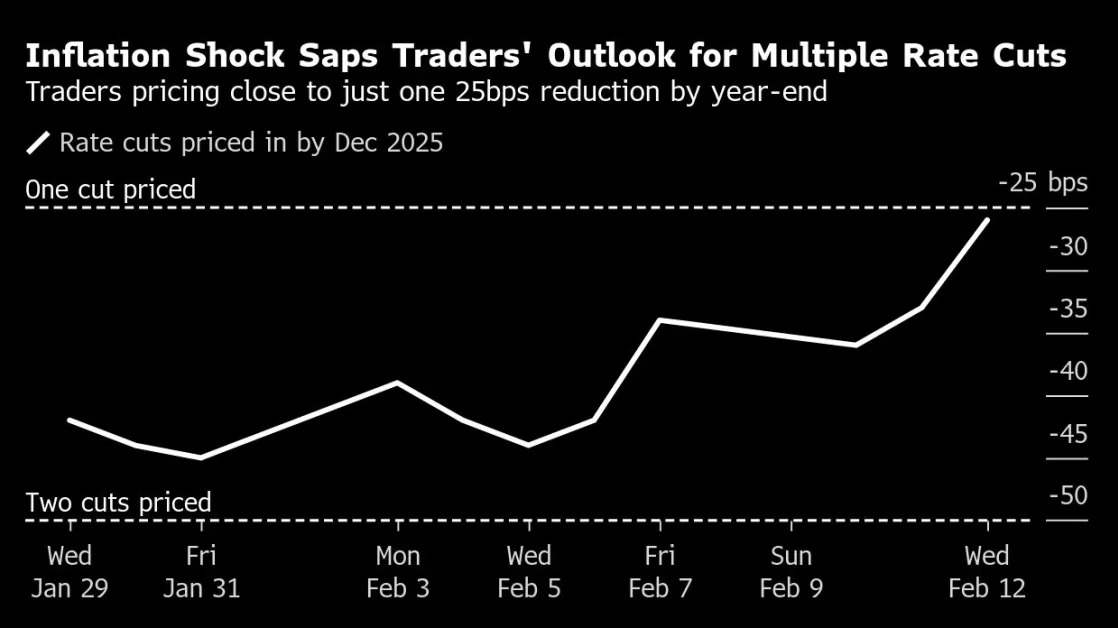
Retired fund manager Peter Lynch, one of the best to ever do the job, had a famous maxim: "[I]nvest in what you know."
Millions of us know Mastercard (NYSE: MA) very well, as it's one of the top brand names in payment cards. It's very possible that you, a family member, and/or several of your colleagues have at least a single Mastercard on their person right now. Such ubiquity has made the company a global-finance-sector powerhouse and a popular stock on the market. But has that popularity pushed the share price too high, or is it still a buy at its pricey current levels?
Oh, those middle man margins
Before we do a flyover of Mastercard's business and the company's recent performance, I think it's important to explain what exactly it does.
What it does not do is provide credit to its users. That might be somewhat surprising; after all, its name and/or logo is displayed on every one of its cards. The thing is, Mastercard is what's known as an "open loop" payment-card company in that it draws revenue chiefly by facilitating the transactions made through its network. The issuer of the plastic, usually (but not always) a bank or other financial institution, is the provider of the funds used in the transactions.
For example, Mastercard doesn't hand over a dime of credit for holders of Citigroup 's Citi Double Cash card. Instead, the durable bank is the entity funneling the money to the merchant. And it's Citigroup that cardholders (hopefully) repay after the monthly card statement hits their inbox.
An easy way of looking at Mastercard's business is that the company functions as a giant middle man, taking a tiny percentage of every transaction made through its network. This is why its margins are very high even when matched against some of the most profitable segments and companies in the finance industry.
The card behemoth's second-quarter net revenue clocked in at $7 billion, while net income was $3.3 billion for a margin of nearly 50%. Some of the best companies in the world are lucky to land in the double-digit percentages consistently; for Mastercard, this is habitual.
Let's drill down into those quarterly figures to reveal more about how Mastercard approaches its market and whether it holds growth potential for the future. That $7 billion represented an energetic year-over-year improvement of 11%, which alone is impressive given the company's size, age, and prominence. The $3.3 billion the card giant netted for the quarter was 15% higher, meanwhile.
A generally humming global economy was, as always, a factor. That helped push Mastercard's gross dollar volume (GDV) -- as the name implies, the sum total of all purchases made through its branded plastic -- by over 9% in the quarter. Also playing a role was a very long-tail trend, the war on cash. These days in most parts of the world, transacting with greenbacks or pounds or dirhams is the exception rather than the rule. Consumers universally embrace convenience, and plastic is easier to manage than paper or coinage.
Mastercard's global-card count is always increasing. At the end of Q2, its partners had issued 3.4 billion cards stamped with the company's brands (which include a big one it's phasing out, Maestro). That tally at the same point in 2023 was 3.2 billion, meaning an explosion of roughly 200 million net-new cards in the space of only a year.
Continuing to pump out double-digit growth
Solid fundamentals and upward-growth trajectories in historical results are fine and good, but no clever investor trades on the glorious past. How might the fundamentals develop for Mastercard, and is its stock priced modestly enough to buy that potential?
Double-digit percentages continue to proliferate in research reports from pundits following the stock. Collectively, they're estimating that annual revenue will be 11% higher this year compared to 2023 (at almost $28 billion). This should accelerate to 12% in 2025, with Mastercard earning more than $31.3 billion.
As earnings did in Q2, so too will they outpace revenue growth annually. This year, on a per-share basis, the average prognosticator forecast is for headline-net income of $14.31, up a beefy 21%. 2025's profit should be $16.61 per share for a 16% improvement. That's a decline, sure, but it's still well in double-digit territory.
Turning to valuations, a handy one I like to use is the price-to-earnings-to-growth (PEG) ratio . Theoretically, a stock is fairly valued if it has a PEG ratio of 1; Mastercard's five-year anticipated PEG ratio lies just under 1.6. I don't feel that premium is outsized, though, given the strong and steady growth the company's sure to maintain. We're in the "post-cash age," and that alone will encourage payment-card takeup and, consequently, spending. I think Mastercard will benefit very handsomely from this and believe firmly the stock is a buy.
Before you buy stock in Mastercard, consider this:





